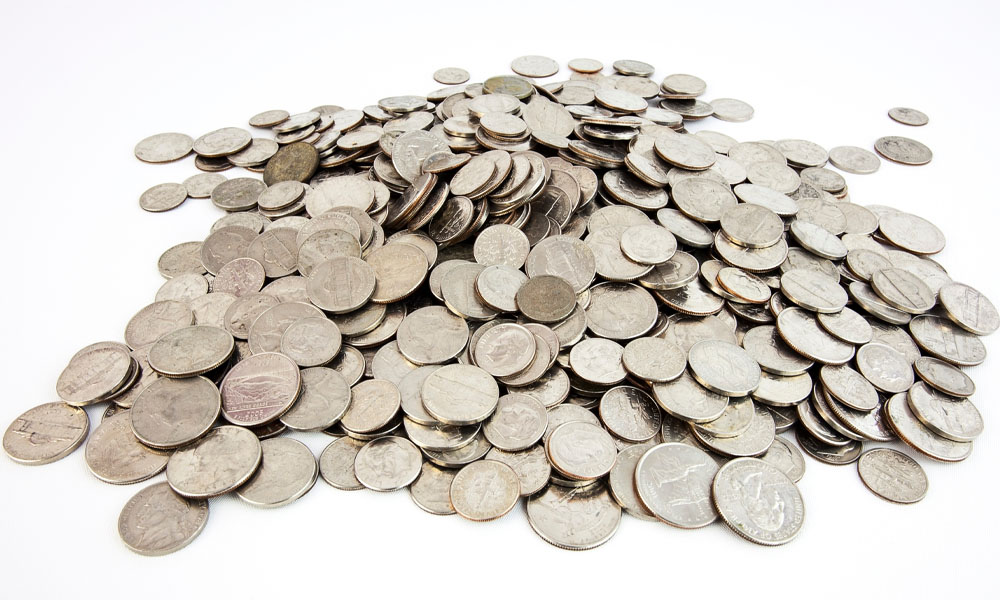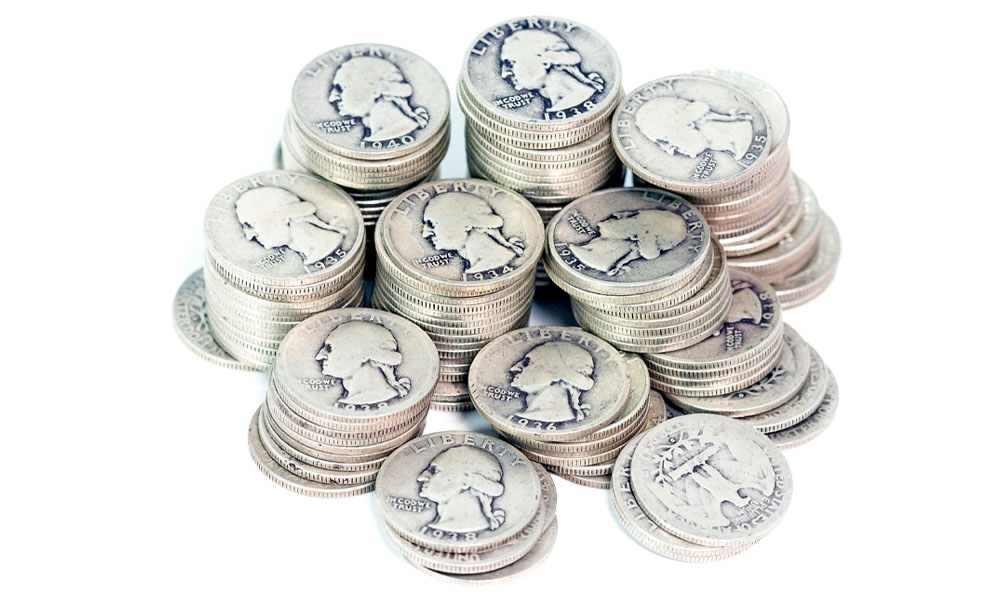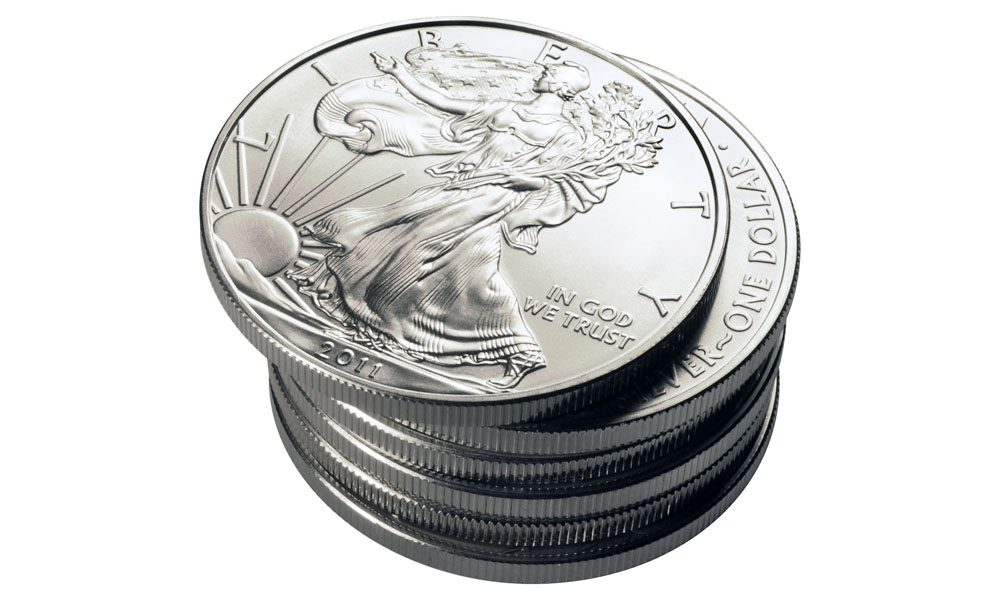If you're new to coin collecting or stacking silver bullion, one of your first questions might be, "Is this coin made of silver?" Determining the silver content of your coins is critical for understanding the intrinsic value of your collection. Silver coins not only carry historical and monetary significance but also serve as valuable investments and hedges against currency crises and economic downturns. Let's dive into some practical methods for verifying silver content and explore popular silver coins you might already have or want to add to your collection.
Checking Silver Content: Quick Tips
One quick method to check if your coin contains silver is to inspect its date, country of origin, and mint markings. In the US, coins minted before specific dates contain silver:
- Dimes, Quarters, and Half Dollars minted before 1965 are 90% silver.
- Kennedy Half Dollars minted from 1965 to 1970 are 40% silver.
- Jefferson War Nickels minted from 1942 to 1945 contain 35% silver.
- Morgan and Peace Silver Dollars, which were minted before 1936, contain 90% silver.

Look for Weight and Purity Markings
Silver bullion coins minted by sovereign mints, such as the US Mint, the Royal Canadian Mint, or the Perth Mint, typically have their weight and purity clearly stamped on the coin. For example, American Silver Eagles are marked with "1 OZ FINE SILVER ~ ONE DOLLAR," clearly stating their silver content. However, it's still essential to confirm the authenticity and silver content through additional tests, such as the ping test, weight and magnet checks, or professional verification.
The Ping Test: Sound Check
Legend has it that saloon keepers in the Wild West would drop silver dollars onto the bar counter to confirm they had that distinct silver ring. That is because silver coins make a particular ringing sound when gently tapped or dropped on a hard surface. Pure silver and 90% silver coins produce a clear, high-pitched ringing sound, whereas copper or clad coins produce a duller tone. While this method isn't foolproof, it's an easy initial check that many seasoned collectors swear by.
Weight and Magnet Tests
Another reliable check involves using a precise scale, even a $10 digital scale will do. Silver coins have specific weight ranges. For example, a pre-1965 half-dollar weighs about 12.5 grams due to its silver content (and 10% copper balance). You can compare your coin's weight against standard silver coin weights included in the list below:
- Silver Dime (Roosevelt or Mercury): 2.50 grams
- Silver Quarter (Washington): 6.25 grams
- Silver Half Dollar (Walking Liberty, Franklin, 1964 Kennedy): 12.50 grams
- Silver Dollar (Morgan or Peace): 26.73 grams
Keep in mind that circulated coins exhibit wear and will weigh less than their uncirculated counterparts. Additionally, silver is non-magnetic. If your coin sticks to a magnet, it probably doesn't contain silver.

Professional Verification: Sigma Metalytics
For an accurate and non-destructive test, consider using a device like the Sigma Metalytics verifier. This advanced tool instantly assesses the metal composition of your coin, providing assurance of silver content without causing damage. Coin shops and online bullion dealers commonly use these devices. For reference, PIMBEX tests in-bound and out-bound material with Sigma Metalytics equipment for added peace of mind. In addition, most local coin shops will allow you to test a coin or bar from your collection if you have doubts about its authenticity.
Common Silver Coins to Look For
Certain coins are well-known for containing silver. Here are popular examples:
- American Silver Eagles: Always 99.9% silver.
- Morgan Silver Dollars (1878–1921): Contain 90% silver.
- Peace Silver Dollars (1921–1935): Also 90% silver.
- Pre-1965 US Minted Coins: Known as "junk silver," these are popular with collectors and investors due to their silver content and liquidity.

Why Silver Content Matters
Silver is money, and knowing how much silver you hold helps you accurately value your collection. Silver coins have intrinsic value beyond their face value, making them valuable in economic downturns, as inflation hedges, and as accessible tangible investments.
Final Thoughts
Whether you're stacking silver for investment purposes, preparing for emergencies, or simply enjoying the hobby of collecting, identifying coins with silver content is crucial. Use the methods described above, consider professional verification, and always keep an eye out for well-known silver coins.
Happy stacking!
